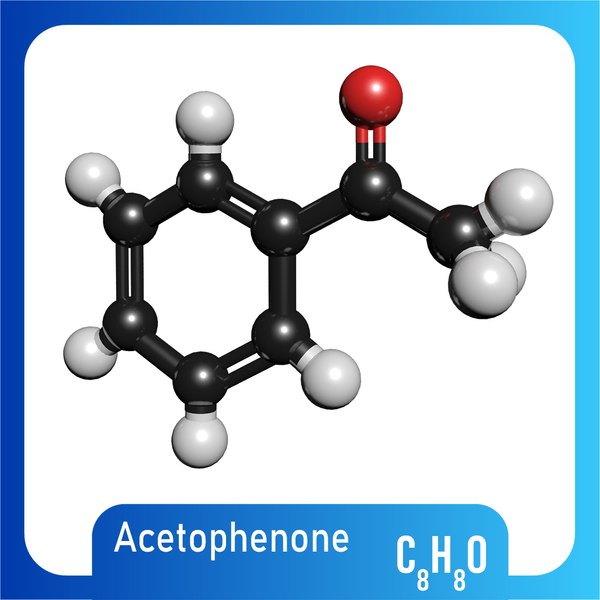All enzymes had been lively in the forward (BCAA synthesis) and reverse (branched-chain keto acid synthesis) reactions. SlBCAT3 and -four exhibited a choice for the forward response, whereas SlBCAT1 and -2 had been more energetic within the reverse response. In the presence of l-valine and, to a lesser extent, l-isoleucine, the holoenzyme is partially inhibited while l-leucine has no effect on the activity of the enzyme.Forty seven The catalytic mechanism of AHAS starts with the binding of pyruvate and ionization of ThDP at the active site, followed by the addition of ThDP to C2 of pyruvate. AtBCAT1 localizes to mitochondria and is thought to be lively primarily in catabolism. MitoTracker Orange dye was used to point out mitochondria for SlBCAT1 and -2. Chlorophyll autofluorescence was used to indicate the presence of chloroplasts for SlBCAT3, -4, -5, and -6. For every amino acid we show the skeleton construction, the optical observations, the DSC sign in crimson and the TG signal in black, as well because the ion currents for important channels, quantitatively significant are solely the 17 Da (NH3, inexperienced strains), 18 Da (H2O, blue lines), and forty four Da (CO2, gray strains) signals.
 The citrus-flavoured soluble powder comprises the “muscle and mind building” amino acid L-Glutamine, potassium, B vitamins, zinc and inexperienced tea extract. Catabolism is believed to be initiated in mitochondria, the place the branched-chain keto acid (BCKA) dehydrogenase advanced is positioned (Taylor et al., 2004). The first fates of BCAAs in plant cells are peptide elongation, glutamate recycling, Glc- and Suc-linked branched-chain esters, branched-chain fatty acid synthesis, and respiration by way of the synthesis of tricarboxylic acid cycle intermediates (Kandra et al., 1990; Walters and Steffens, 1990; Kroumova et al., 1994; Daschner et al., 1999; Li et al. If you have any kind of concerns regarding where and the best ways to make use of accobio.com, you could contact us at our own website. , 2003; Beck et al., 2004; Taylor et al., 2004; Engqvist et al., 2009). BCAA catabolism possible has other functions in plant metabolism. SlBCAT1 and -2 are positioned within the mitochondria, SlBCAT3 and -4 are situated in chloroplasts, whereas SlBCAT5 and -6 are located within the cytosol and vacuole, respectively. SlBCAT1, -2, -3, and -four are expressed in a number of plant tissues, whereas SlBCAT5 and -6 were undetectable.
The citrus-flavoured soluble powder comprises the “muscle and mind building” amino acid L-Glutamine, potassium, B vitamins, zinc and inexperienced tea extract. Catabolism is believed to be initiated in mitochondria, the place the branched-chain keto acid (BCKA) dehydrogenase advanced is positioned (Taylor et al., 2004). The first fates of BCAAs in plant cells are peptide elongation, glutamate recycling, Glc- and Suc-linked branched-chain esters, branched-chain fatty acid synthesis, and respiration by way of the synthesis of tricarboxylic acid cycle intermediates (Kandra et al., 1990; Walters and Steffens, 1990; Kroumova et al., 1994; Daschner et al., 1999; Li et al. If you have any kind of concerns regarding where and the best ways to make use of accobio.com, you could contact us at our own website. , 2003; Beck et al., 2004; Taylor et al., 2004; Engqvist et al., 2009). BCAA catabolism possible has other functions in plant metabolism. SlBCAT1 and -2 are positioned within the mitochondria, SlBCAT3 and -4 are situated in chloroplasts, whereas SlBCAT5 and -6 are located within the cytosol and vacuole, respectively. SlBCAT1, -2, -3, and -four are expressed in a number of plant tissues, whereas SlBCAT5 and -6 were undetectable.
However, modifications in drug concentrations with theanine were not observed in normal tissues, but moderately it’s indicated that theanine tends to scale back their concentrations. Changes in temperature could have an effect on the movements of ions throughout the cell membrane and affect action potentials in that way. The consequences of tryptophan and glucose on fetal respiration movements. There are numerous results of protein on the health of people and it can be successfully used to reduce the illness risks as nicely. They are synthesized from Thr or pyruvate in plastids (Schulze-Siebert et al., 1984; Hagelstein et al., 1997). Thr feeds into the Ile pathway and pyruvate into the Val pathway, after which the same 4 enzymatic steps are shared to type these two amino acids. The branched-chain amino acids (BCAAs) Leu, Ile, and Val are major metabolites synthesized in plants and are important nutrients in animals. Branched-chain amino acids (BCAAs) are synthesized in plants from branched-chain keto acids, but their metabolism will not be utterly understood. The comparatively excessive expression of SlBCAT2 and SlBCAT4 in inflorescences could also be associated to the higher focus of BCAAs in this tissue than in leaves.
Expression of the opposite AtBCATs shouldn’t be as tissue particular (Liepman and Olsen, 2004). Two studies in Arabidopsis confirmed that each the chloroplastic AtBCAT3 and the cytosolic AtBCAT4 additionally take part in Met chain elongation and the manufacturing of aliphatic glucosinolates (Schuster et al., 2006; Knill et al., 2008). In another example of various BCAT function, a Nicotiana benthamiana chloroplastic BCAT was implicated in transcriptional regulation of KNOX genes that have an effect on levels of gibberellins. While overexpression of SlBCAT1 or -3 in tomato fruit didn’t considerably alter amino acid levels, an expression quantitative trait locus on chromosome 3, related to substantially greater expression of Solanum pennellii BCAT4, did considerably improve BCAA levels. In this research, six BCAT genes from the cultivated tomato (Solanum lycopersicum) had been recognized and characterized. This examine focuses on characterization of the tomato (Solanum lycopersicum) BCAT gene household, their enzymatic properties, and their position in BCAA metabolism. Glutamine performs an important position in lots of metabolic processes and is especially ample in muscles. Glutamine appears to be notably beneficial for individuals below excessive bodily stress, comparable to endurance athletes or those who practice very continuously at excessive depth.




0 Comments
You must be logged in to post a comment.